
Roy Fox Lichtenstein was an American pop artist. During the 1960s, along with Andy Warhol, Jasper Johns, and James Rosenquist, he became a leading figure in the new art movement. His work defined the premise of pop art through parody. Inspired by the comic strip, Lichtenstein produced precise compositions that documented while they parodied, often in a tongue-in-cheek manner. His work was influenced by popular advertising and the comic book style. His artwork was considered to be "disruptive". He described pop art as "not 'American' painting but actually industrial painting". His paintings were exhibited at the Leo Castelli Gallery in New York City.
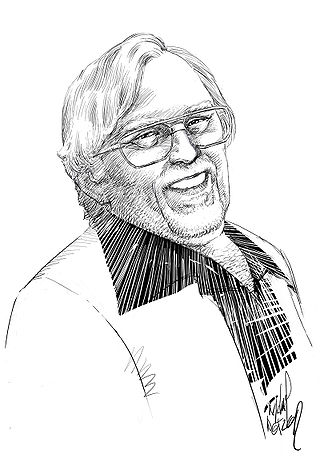
Richard Joseph Giordano was an American comics artist and editor whose career included introducing Charlton Comics' "Action Heroes" stable of superheroes and serving as executive editor of DC Comics.
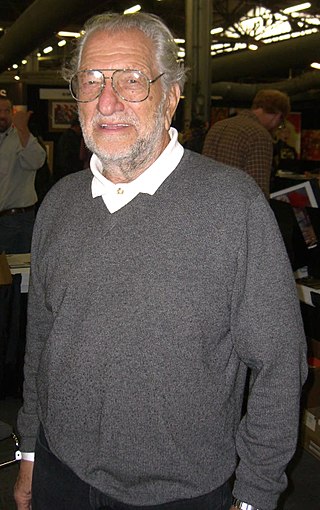
Joseph Kubert was a Polish-born American comic book artist, art teacher, and founder of The Kubert School. He is best known for his work on the DC Comics characters Sgt. Rock and Hawkman. He is also known for working on his own creations, such as Tor, Son of Sinbad, and the Viking Prince, and, with writer Robin Moore, the comic strip Tales of the Green Beret.

Irving Novick was an American comics artist who worked almost continuously from 1939 until the 1990s.
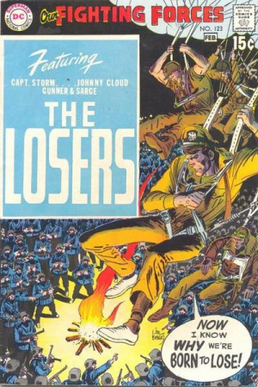
The Losers is the name of a war comic book feature published by DC Comics. The name was later given to a reimagined comic book series for DC's Vertigo imprint.
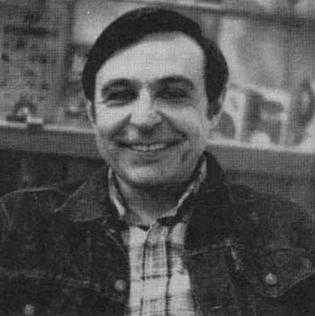
Ross Andru was an American comics artist and editor whose career in comics spanned six decades. He is best known for his work on The Amazing Spider-Man, Wonder Woman, The Flash, and The Metal Men, and for having co-created the character called The Punisher.
Robert Kanigher was an American comic book writer and editor whose career spanned five decades. He was involved with the Wonder Woman franchise for over twenty years, taking over the scripting from creator William Moulton Marston. In addition, Kanigher spent many years in charge of DC Comics's war titles and created the character Sgt. Rock. Kanigher scripted what is considered the first Silver Age comic book story, "Mystery of the Human Thunderbolt!", which introduced the Barry Allen version of the Flash in Showcase #4.
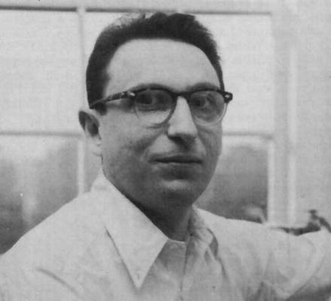
Franklin Robbins was an American comic book and comic strip artist and writer, as well as a prominent painter whose work appeared in museums including the Whitney Museum of American Art, where one of his paintings was featured in the 1955 Whitney Annual Exhibition of American Painting.

Star Spangled War Stories is the title of a comics anthology published by DC Comics that featured war-themed characters and stories. Among the features published in this series were writer-editor Robert Kanigher and artist Jerry Grandenetti's "Mademoiselle Marie", about a World War II French Resistance fighter, debuting in #84 ; The War that Time Forgot featuring the Suicide Squad, the "Enemy Ace" and the "Unknown Soldier".

Russell Heath Jr., was an American artist best known for his comic book work, particularly his DC Comics war stories and his 1960s art for Playboy magazine's "Little Annie Fanny" feature. He also produced commercial art, two pieces of which, depicting Roman and Revolutionary War battle scenes for toy soldier sets, became familiar pieces of Americana after gracing the back covers of countless comic books from the early 1960s to early 1970s.
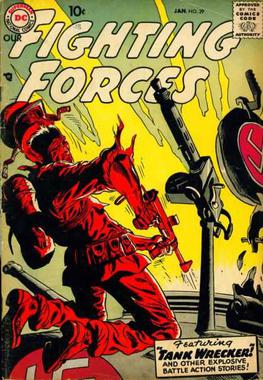
Our Fighting Forces is a war comics anthology series published by DC Comics for 181 issues from 1954 to 1978.

G.I. Combat is an American comics anthology featuring war stories. It was published from 1952 until 1956 by Quality Comics, followed by DC Comics until its final issue in 1987. In 2012 it was briefly revived.

Swipe is a comics term for the intentional copying of a cover, panel, or page from an earlier comic book or graphic novel without crediting the original artist.
Charles J. "Jerry" Grandenetti was an American comic book artist and advertising art director, best known for his work with writer-artist Will Eisner on the celebrated comics feature "The Spirit", and for his decade-and-a-half run on many DC Comics war series. He also co-created the DC comic book Prez with Joe Simon.

Whaam! is a 1963 diptych painting by the American artist Roy Lichtenstein. It is one of the best-known works of pop art, and among Lichtenstein's most important paintings. Whaam! was first exhibited at the Leo Castelli Gallery in New York City in 1963, and purchased by the Tate Gallery, London, in 1966. It has been on permanent display at Tate Modern since 2006.
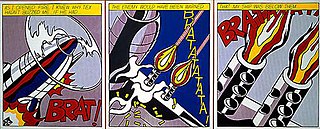
As I Opened Fire is a 1964 oil and magna on canvas painting by Roy Lichtenstein. The work is hosted at the Stedelijk Museum in Amsterdam. The source of the subject matter is Jerry Grandenetti's panels from "Wingmate of Doom," in All American Men of War, no. 90, DC Comics.

The Joker is a comic book series published by DC Comics starring the supervillain the Joker. It ran for nine issues from May–June 1975 to September–October 1976, with a tenth previously unpublished issue released in October 2019.
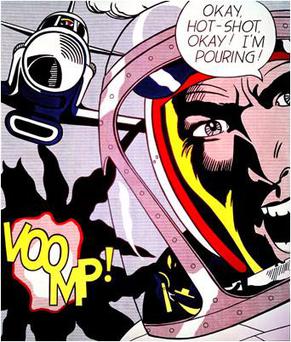
Okay Hot-Shot, Okay! is a 1963 pop art painting by Roy Lichtenstein that uses his Ben-Day dots style and a text balloon. It is one of several examples of military art that Lichtenstein created between 1962 and 1964, including several with aeronautical themes like this one. It was inspired by panels from four different comic books that provide the sources for the plane, the pilot, the text balloon and the graphic onomatopoeia, "VOOMP!".

Jet Pilot is a 1962 pop art work done in graphite pencil by Roy Lichtenstein. Like many of Lichtenstein's works from this time period, it was inspired by a comic book image, but he made notable modifications of the source in his work.
All-Out War is an American war comics anthology series published by DC Comics from 1979 to 1980. It primarily featured characters created by writer Robert Kanigher with the Viking Commando being the lead feature.

















